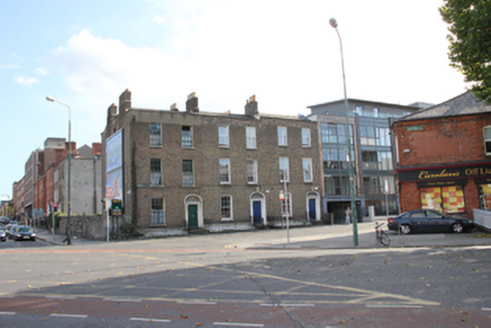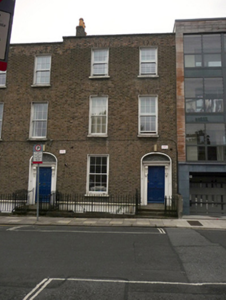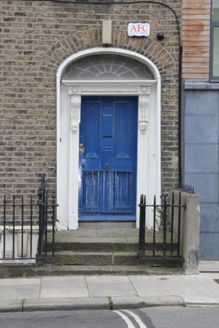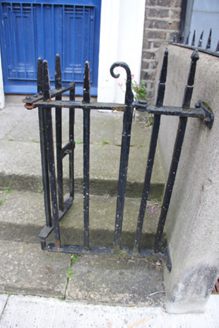Survey Data
Reg No
50010734
Rating
Regional
Categories of Special Interest
Architectural, Artistic
Original Use
House
In Use As
Orphanage/children's home
Date
1820 - 1840
Coordinates
315964, 235692
Date Recorded
05/09/2011
Date Updated
--/--/--
Description
Terraced two-bay three-storey house over raised basement, built c.1830, with single-storey rear return. Now in use as residential children’s home with adjoining building No. 19. M-profile pitched artificial slate roof with central valley set behind rebuilt parapet wall and having stepped rendered brick chimneystacks, shared with adjoining building. Brown brick walls laid in Flemish bond to painted granite plinth course and rendered basement wall. Gauged brick flat-arched window openings with patent render reveals, painted stone sills and replacement uPVC sash-type windows. Replacement windows to rear including two round-headed stair windows with replacement timber sash windows. Three-centred arched door opening formed in brick with moulded masonry surround and decorative timber doorcase, with replacement timber door with ten raised-and-fielded panels, flanked by slender panelled pilasters and scrolled console brackets supporting panelled lintel cornice and original peacock fanlight. Door opens onto granite platform, bridging basement area, and two steps enclosed by wrought-iron railing and twentieth-century iron gates to street. Basement enclosed by original railing on moulded plinth wall with square-headed window opening having ten-over-ten pane timber sliding sash window and iron grille. Flat-roofed outbuilding to rear of site enclosed by rubble stone boundary wall to rear access lane.
Appraisal
This house, part of a terrace of late Georgian houses, retains a good doorcase which forms the decorative focus of the front elevation. The railings to the basement area and granite steps provide an appropriate setting for the building. The detailing of the street's houses is almost identical, except for the stepped levels to the gradient of the street which has resulted in a depressed fanlight to No. 20. This building is in good condition and contributes to the visual appeal and rhythm of the street. The street was laid out for Luke Gardiner by Thomas Sherrard, surveyor for the Wide Street Commissioners by 1825, after whom the street was named.







